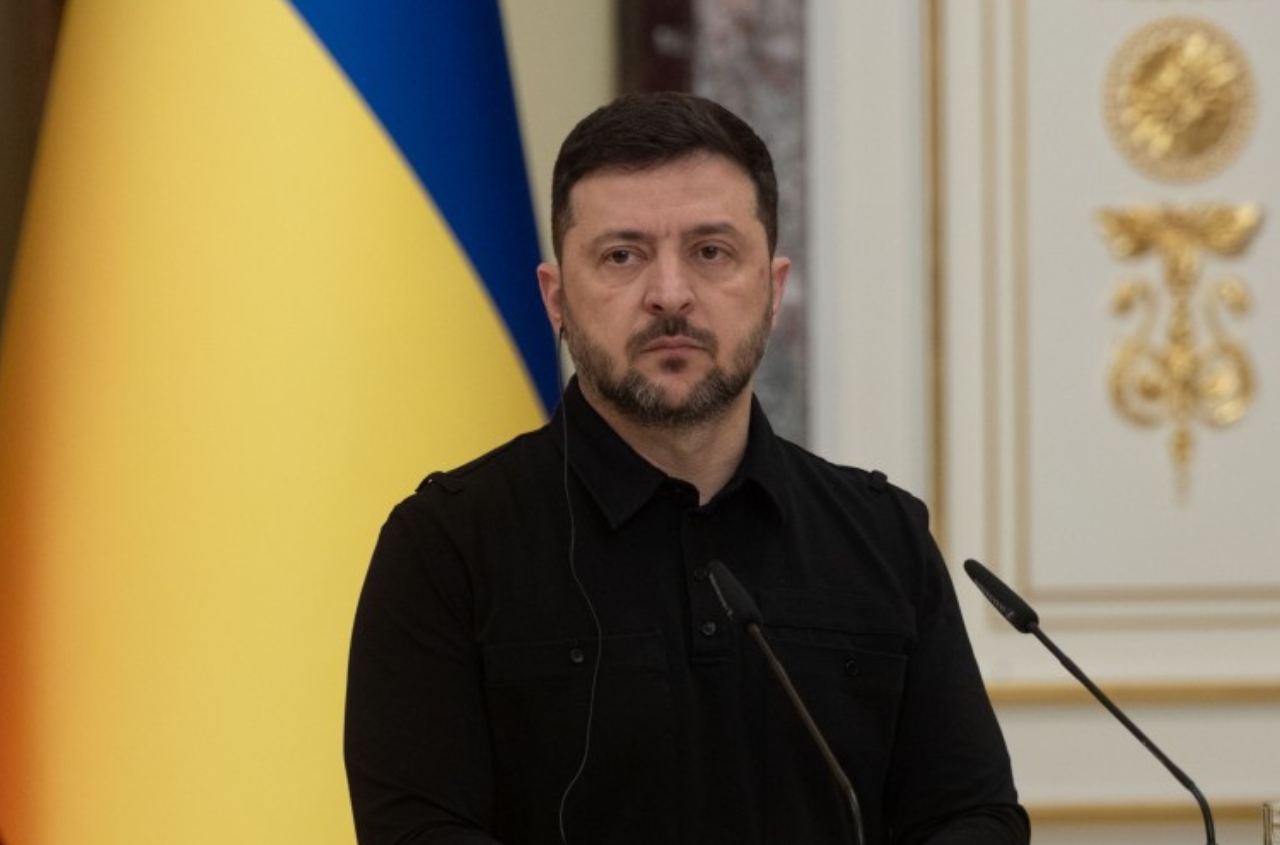Ukraine holds significant deposits of rare earth metals, which are critically important for high-tech industries. This was stated by Dr. Olena Remezova, Doctor of Geological Sciences and Head of the Department of Mineral Resources at the Institute of Geological Sciences of the National Academy of Sciences of Ukraine.
Rare earth metals include 17 chemical elements, comprising both heavy and light rare earth elements, as well as scandium. Although their concentrations in nature are low, these materials are essential for modern technologies, particularly in eco-friendly industrial processes and high-tech development.
"Their main significance and value lie in the fact that they are vital materials for modern industry. Not outdated industries, but the newest, with high added value. This is high-tech, these are 'green metals' used in ecology-friendly technologies (which minimize environmental harm). That’s why there’s such great interest in them," said Remezova.
According to her, Ukraine possesses significant reserves of these metals. For example, scandium can be found in titanium-bearing geological structures in the Zhytomyr and Cherkasy regions, as well as in uranium mining waste. The Perzhanske deposit contains yttrium and ytterbium, while the neighboring Yastrebetske deposit has fluorite and zircon containing lanthanum, cerium, neodymium, and other valuable elements.
The Eastern Azov region holds great promise for the extraction of such metals, where the Mazurivske and Azovske deposits are located. The Azovske deposit is Ukraine’s only complex deposit of zirconium and rare earth elements. The scientist explained:
"The Eastern Azov region has great prospects for the extraction of these metals. Two main deposits are located here: Mazurivske and Azovske. The latter is the only complex deposit of zirconium and rare earth elements in Ukraine. In the Kalmius zone, these metals are associated with syenite- and granite-type rocks, and in the Southern Kalchyk area—with cerium and lanthanides."
She added that the Petrovo-Hnutivske deposit stands out for its high concentration of parisite—a rare mineral with cerium that is scarcely found in other countries.
In the Novopoltavske deposit, the carrier of rare earth mineralization is the mineral apatite, which primarily contains lanthanum and cerium, as well as yttrium, samarium, europium, terbium, ytterbium, and lutetium. Remezova notes that there are still a number of underexplored occurrences with good potential for rare earth metals. Ukraine has many poorly studied areas with potential for the extraction of valuable metals.
Scientists also highlight the uniqueness of the Perzhanske ore field in the Zhytomyr region, where about 150 different minerals have been discovered, including rare elements such as tantalum and niobium. According to Remezova, this territory has great potential for rare metal extraction, but its proximity to the Belarusian border complicates development.
"This deposit features a very unusual carrier of beryllium mineralization—genthelvite. There are only 20 known occurrences of this mineral in the world. And here we have an entire deposit. It will certainly be developed. Licenses for most of the deposits in this field have been granted to the investment company BGV. The only issue is that development is currently limited because the site is just 17 kilometers from the Belarusian border. On the other side of the border, there is also a beryllium deposit. Unlike our entrepreneurs, they rely on Russian technologies. But nothing is moving forward there, since Russia has never been among the world's technologically advanced countries," emphasized the department head.
Additionally, promising deposits are located in the Central Ukrainian zone—Azovske, Pokrovsko-Kyreyivske, Petrovo-Hnutivske, and Mazurivske. However, some of these areas are currently under temporary occupation, which complicates access to the valuable resources. At the same time, experts believe that with the involvement of international investment, particularly from the U.S., active development of these deposits could be possible in the future.





















